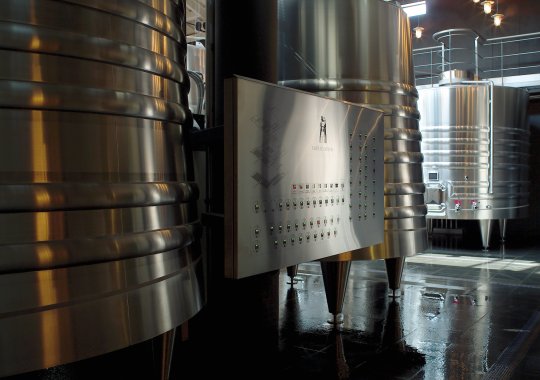What physical parameters should be taken into account?
Alcohol content
Ethanol is the most important parameter during the winemaking process. Its concentration has a significant effect on extraction kinetics. Three categories of phenolic compounds can be distinguished in terms of extractability.
Anthocyanins are water soluble, skin tannins are also water soluble but to a lesser extent; they need a small amount of alcohol to facilitate extraction.
Finally, the seed tannins need ethanol to be extracted. In practice, the anthocyanins are extracted as soon as the wine is put in the vat, followed by the skin tannins and lastly the seed tannins.
By correctly estimating the alcohol content, it becomes possible to choose the phenolic portion to be targeted through different extraction practices carried out at the appropriate moment. The amount of alcohol is estimated by monitoring the must's density.
As a guideline, the seed tannins begin to be extracted significantly around 1030, taking 1095 as the initial density. From this data, it is possible to adjust the extraction procedures to prioritize one category of compounds over another. For example, pre-fermentation cold maceration can be used to extract more anthocyanins, or a partial pumping-over at the beginning and middle of the fermentation to extract more skin tannins.

